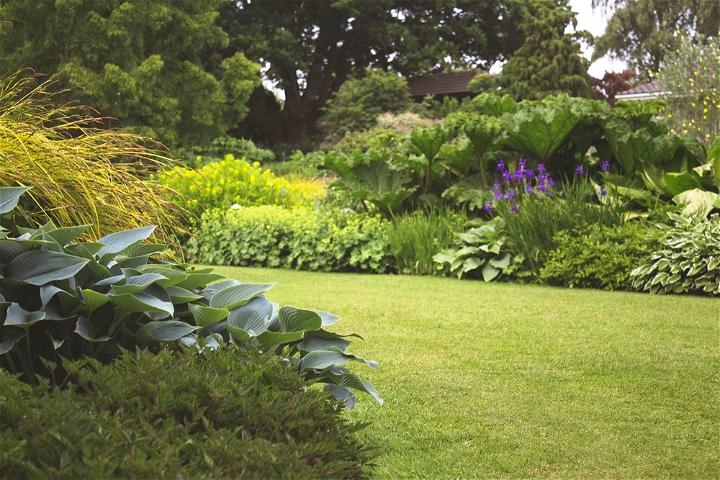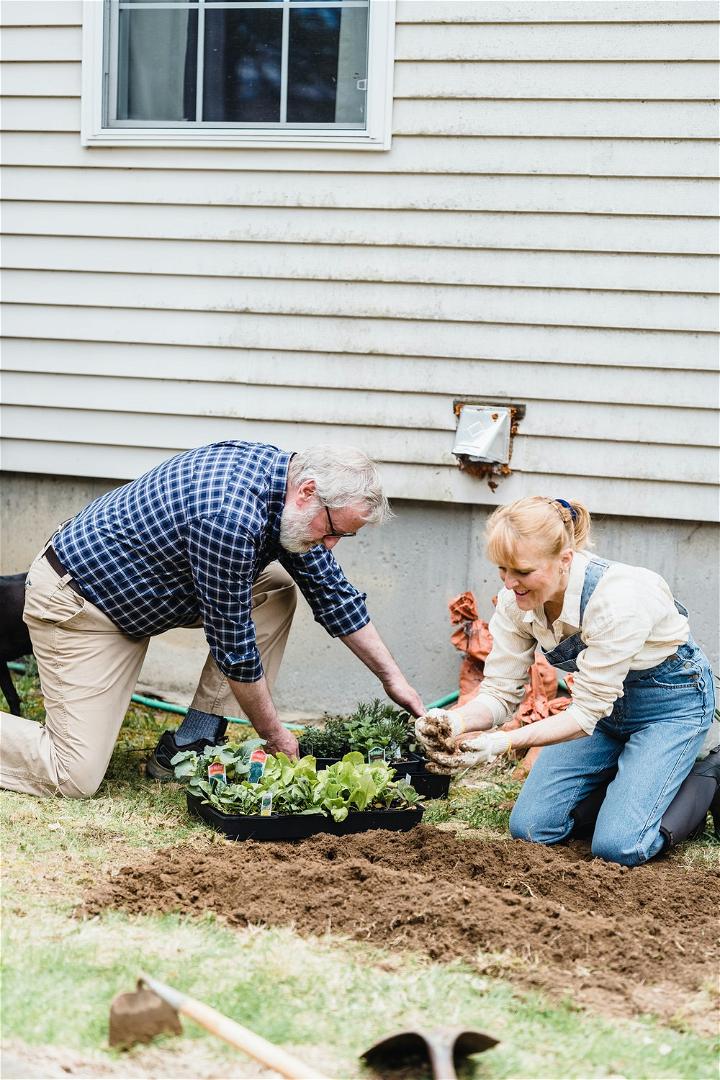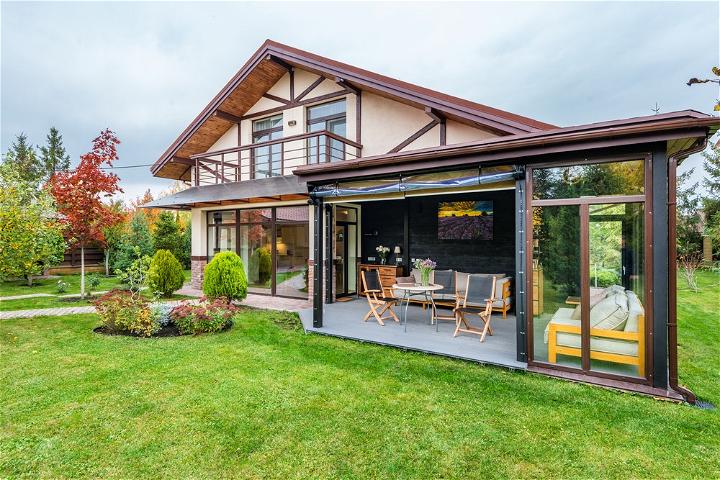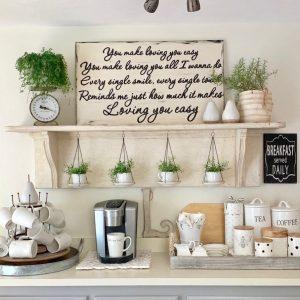A lush green garden is a mesmerizing thing that you want to look at whenever you take a stroll to your backyard. Not only does it take effort to create a beautiful landscape that’s soothing to the eyes, but it also brings you the happiness of building it from scratch. Consequently, you would also want to prevent problems to increase the longevity and quality of your plants, veggies, and fruits that you have put effort into growing.
You may have heard the phrase prevention is better than cure and it completely applies to your backyard and garden. Trying to control diseases by treating bugs and replacing dead or withered plants is a lot more work than it may seem.

Basic maintenance of your backyard and garden is essential in ensuring that your trees, plants, flowers, and soil remain healthy and glowing all around. Here are a few easy yet impactful ways to keep your garden in top condition that adds value to your property.
Check the health of the plants before buying.
The easiest way to avoid bug-infested plantations in your garden is to avoid introducing them in your backyard in the first place. Getting a diseased plant is not something that you would want, but detecting a healthy plant at first glance can be a difficult task. You can gather some plant and garden maintenance ideas from plant catalogs and books that show what a healthy specimen would look like.
For beginners, avoid plants with dark and mushy roots, rotted stems, dead spots, or insects, as they can easily spread to other healthy plants in your garden once you introduce them. Whether you’re transplanting plants or growing them from seeds, it is crucial to eliminate destructive bugs like gnats, whiteflies, and aphids.
Find the right spots for your plants.
One of the most baffling things that can happen in your backyard garden is when a plant catches a disease. You may begin questioning many things and even think of it as dead even before you try to save it. However, the most important thing to understand is that plants are more likely to get into a disease or bug than trees. Plants like dogwood and hybrid tea roses are prone to common problems. So, when those plants catch mites, it mustn’t come as a surprise.
You can do a little homework to learn the potential diseases which plants in your backyard are prone to. This is the best way to avoid trouble before it arrives. You can consider talking to a gardening professional such as an extension service educator, a local gardener, or a master gardener to help you with the heads up. Plant books and online lists are also well worth investing your time in. Once you accumulate the best choices, get your plants at the right spot and the right things it needs.

Check the quality and suitability of the garden soil
More often than not, gardeners encounter a heavily graded backyard usually from construction. In such cases, the soil is likely to be layered and compacted with construction material, promoting poor root growth and terrible drainage. This is not only the case with heavily constructed yards but also with native soil that can be too sandy, rocky, or clayish.
If you plan to plant a row of bushes, remember that they will grow best in well-drained, nutritious, and loose soil. You may not be lucky enough to have already suitable soil, which may require you to make some adjustments to bring it to a sustainable level. A profitable strategy is to loosen the soil to at least 12 inches and deposit an inch or more of rotten leaves, compost, planting mix, or organic matter from your local nursery. The final result will be an elevated planting bed.
DIY compost for improved soil quality
Firstly, DIY planters and DIY composting are great ways to recycle kitchen peelings, organic household waste, and grass clippings. Secondly, making your compost is an excellent way to improve the quality of your garden soil, adding nutrition to the existing lawn. As a gardener, you must know that compost, containing a multitude of microbes, is equipped with natural disease-fighting features, allowing your soil to have the ecosystem it deserves.
But, use only completely composted yard waste
It is a good thing to create your compost for improved soil quality. But remember, not all materials in your compost pile will decompose at the same rate. While some materials degrade sufficiently to be introduced in your garden, others may still have time to reach that level.
Complete composting promotes high temperatures for a long time which helps kill pathogens in the material. When the plant debris is infected, it will reinforce potential diseases without your knowledge. If you are unsure about the condition of the compost pile, you should probably avoid using yard waste for sensitive plants. It lowers the risk of introducing possibly infected debris in your compost pile.
Don’t go beyond the right depth.
Are your plants dying even after you have taken all the necessary precautions? It might be because you have planted them too deep. Sometimes you may set your plant too deep into the soil, making it vulnerable to rotting. Deeply buried root systems are prone to rotting as they suffer from a lack of oxygen.
Perennials and shrubs grown in containers are easy to maintain since you can plant them at a similar grade that the root was growing in the pot. However, for trees, you need to identify the root flare, that is, the point at the trunk where the roots begin from the wood. You need to place the tree a little above that point. To find the flare, you might need to remove some soil but remember not to plant it too high as overexposure to air is equally bad for the roots. If your tree has an exposed root above that grade, cover it with two to three inches of mulch.

Safeguard your backyard from infestation or natural calamity
Similar to other types of personal property, your lawn and backyard also fall under the same. Sometimes your backyard may be damaged by strong gusts of winds or hails, causing trees to fall and destroy your landscape. Before such instances occur, it is best to safeguard your backyard and garden with homeowners insurance.
You will need a specific insurance policy that covers expenses for removing damaged plants, trees, and shrubs caused by pests and heavy bug infestation. Moreover, you can also get a homeowners insurance policy that provides other structures coverage such as damage to fences caused by fallen trees, trouble happening to your gazebo, or swimming pool.
Outdoor Privacy Screens
Get the most out of your backyard with a private space in your outdoor living area. Learn how to create a DIY outdoor privacy screen with plants and trees to cover up your patio and enjoy the outdoors, even if you live in an apartment.
Endnote
To ensure that your backyard and garden have a longer life, you need to pay a bit more attention. From proper fertilization to appropriate watering, it is much easier to solve disease or pest problems when you catch them early. But preventing early drugs and diseases early doesn’t mean you spray your whole backyard no sooner than you see a bug crawling.
All you need to do is monitor your plants, learn about their needs, and identify when they need protection. Proper garden maintenance indeed requires a committed level of care and time. So and sure that you can provide so.




